Home>Gardening & Outdoor>Landscaping Ideas>How Long To Cut Grass After Rain
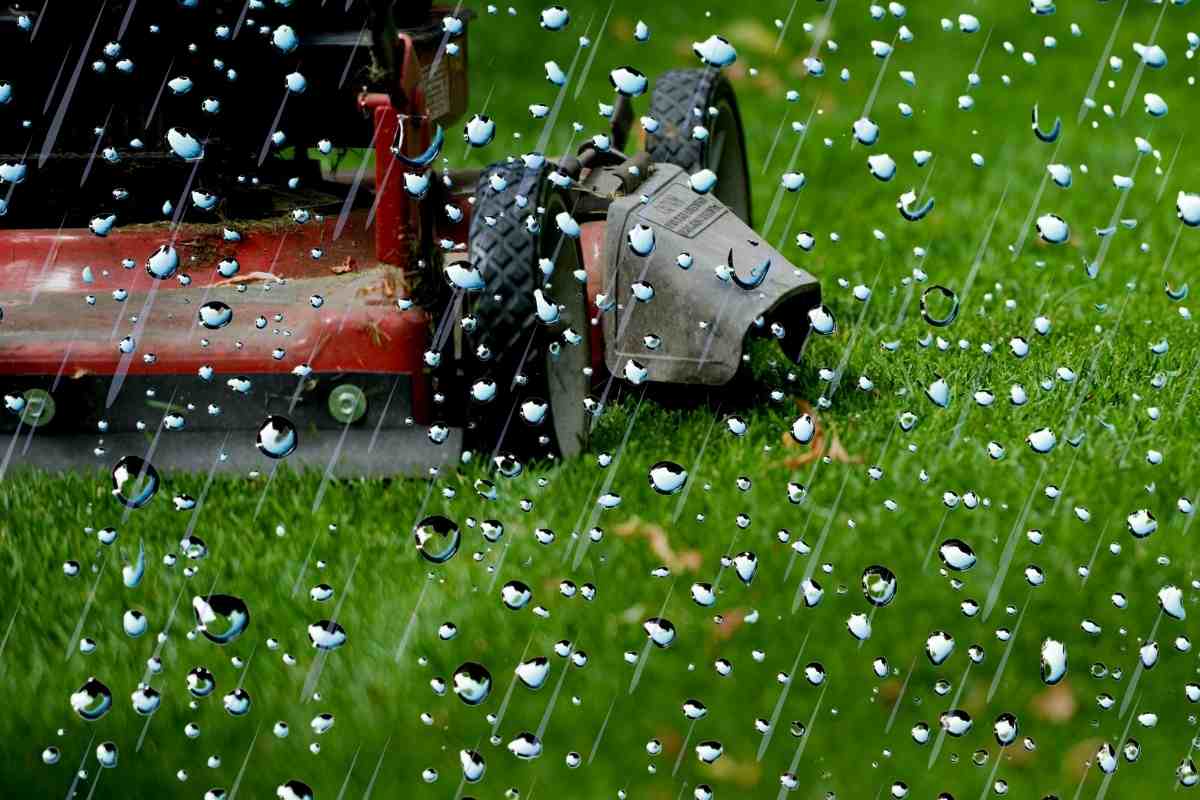

Landscaping Ideas
How Long To Cut Grass After Rain
Modified: February 18, 2024
Learn the best landscaping ideas for cutting grass after rain. Discover how long to wait before mowing wet grass to maintain a healthy lawn.
(Many of the links in this article redirect to a specific reviewed product. Your purchase of these products through affiliate links helps to generate commission for Storables.com, at no extra cost. Learn more)
Introduction
Landscaping enthusiasts and homeowners alike often find themselves pondering the optimal time to mow the lawn after a bout of rain. The decision to mow wet grass is not one to be taken lightly, as it can significantly impact the health and appearance of the lawn. In this comprehensive guide, we will delve into the effects of rain on grass cutting, the crucial factors to consider before embarking on this task, and the ideal timeframe for mowing wet grass. Additionally, we will provide valuable tips to ensure a successful and effective grass-cutting experience. Whether you are a seasoned lawn care aficionado or a novice gardener, understanding the nuances of cutting wet grass is essential for maintaining a lush and vibrant lawn. Let"s explore the intricate interplay between rain and grass cutting and equip ourselves with the knowledge to make informed decisions for our landscaping endeavors.
Key Takeaways:
- Wait until the grass is no longer visibly saturated and feels relatively dry to the touch before mowing wet grass after rain to avoid clumping and uneven cuts.
- Implement practical tips such as sharpening mower blades and adjusting mowing height to ensure a successful and visually appealing grass-cutting experience.
Effects of Rain on Grass Cutting
When rain graces the landscape, it brings with it a myriad of effects that can influence the process of grass cutting. One of the most apparent consequences of rain is the saturation of the soil and the grass blades. This saturation renders the grass more pliable and susceptible to damage, as the waterlogged blades are less resilient than their dry counterparts. Furthermore, the increased moisture content in the grass can lead to clumping and uneven mowing, resulting in an unsightly and uneven lawn surface.
In addition to the physical state of the grass, rain can also impact the overall health of the lawn. Excessive moisture can create an environment conducive to fungal growth, potentially leading to diseases that can ravage the grass and impede its growth. Moreover, the compaction of the wet soil under the weight of mowing equipment can exacerbate soil compaction, hindering the circulation of air and nutrients to the grass roots.
Beyond the immediate effects on the grass, rain can also pose safety hazards during grass cutting. Wet grass and soil can make the terrain slippery, increasing the risk of accidents and injuries during mowing. The combination of these factors underscores the importance of understanding the implications of rain on grass cutting and adopting appropriate measures to mitigate potential issues.
Factors to Consider Before Cutting Wet Grass
Before venturing into the task of cutting wet grass, it is imperative to take stock of several crucial factors that can influence the outcome of the endeavor. The condition of the grass and the terrain, as well as the equipment being used, play pivotal roles in determining the feasibility and efficacy of mowing wet grass.
Grass Height: The height of the grass is a key consideration when contemplating mowing after rain. Longer grass blades tend to clump and adhere to each other when wet, making it challenging to achieve an even cut. Therefore, it is advisable to avoid cutting wet grass if it has grown significantly longer than usual.
Soil Saturation: Assessing the level of soil saturation is essential, as excessively waterlogged soil can lead to equipment sinking into the ground, causing damage to the lawn and impeding the mowing process. It is advisable to refrain from mowing if the soil is overly saturated, as this can also contribute to soil compaction and hinder the grass’s ability to thrive.
Equipment Maintenance: Before embarking on the task of cutting wet grass, it is crucial to ensure that the mowing equipment is in optimal condition. Dull blades can exacerbate the challenges of mowing wet grass, leading to tearing and uneven cuts. Sharpening the mower blades and ensuring that the equipment is in good working order can significantly enhance the quality of the cut and minimize potential damage to the grass.
Safety Precautions: Prior to mowing wet grass, it is vital to prioritize safety. Assess the terrain for any hazards, such as slippery areas or hidden obstacles, and take appropriate measures to mitigate these risks. Wearing non-slip footwear and maintaining a firm footing while mowing can help prevent accidents and injuries.
By carefully evaluating these factors and exercising prudence, homeowners and landscaping enthusiasts can make informed decisions regarding the feasibility of mowing wet grass. Understanding the nuances of these considerations is instrumental in preserving the health and aesthetics of the lawn while minimizing potential damage and safety hazards.
Wait for the grass to dry completely before cutting it after rain. Cutting wet grass can lead to an uneven cut and can also damage your lawn mower.
How Long to Wait Before Cutting Grass After Rain
The timeframe for mowing wet grass after a rain shower is a critical aspect that warrants careful consideration. While there is no one-size-fits-all answer, several factors can help determine the optimal waiting period before embarking on this task.
Moisture Content: The moisture content of the grass is a key determinant of when to mow after rain. Ideally, it is advisable to wait until the grass has had adequate time to dry, especially if the rain was substantial. Grass that is excessively wet is more prone to clumping and tearing, leading to an uneven and unsightly cut. A general rule of thumb is to wait until the grass blades are no longer visibly saturated and feel relatively dry to the touch.
Soil Conditions: Assessing the state of the soil is equally important when gauging the readiness to mow after rain. If the soil remains waterlogged and soggy, it is advisable to postpone mowing until the ground has had ample time to drain and dry out. Mowing on overly saturated soil can not only hinder the effectiveness of the task but also contribute to soil compaction and potential damage to the lawn.
Weather Forecast: Anticipating the weather conditions following a rain shower can provide valuable insights into the optimal timing for mowing wet grass. If sunny and breezy conditions are expected, the grass and soil are likely to dry out more rapidly, potentially reducing the waiting period. Conversely, if additional rainfall is forecasted, it may be prudent to wait until the weather patterns are conducive to the drying of the grass and soil.
Grass Height: The length of the grass also influences the waiting period after rain. Longer grass blades tend to retain more moisture and clump together when wet, making it challenging to achieve a clean and even cut. In such instances, allowing the grass additional time to dry out can significantly improve the mowing experience and the overall quality of the cut.
By taking these factors into account and exercising patience, homeowners and landscapers can make informed decisions regarding the optimal timeframe for mowing wet grass after rain. Adhering to these considerations can help preserve the health and appearance of the lawn while ensuring a successful grass-cutting experience.
Tips for Cutting Wet Grass
While cutting wet grass presents its challenges, implementing the following tips can help mitigate potential issues and ensure a more successful mowing experience.
- Sharpen Mower Blades: Ensuring that the mower blades are sharp is imperative when mowing wet grass. Dull blades can tear and damage the grass, leading to an uneven and unsightly cut. Sharpening the blades before mowing can enhance the precision and effectiveness of the cutting process.
- Adjust Mowing Height: Raising the mowing height when cutting wet grass can help prevent the grass from being excessively stressed and damaged. Adjusting the mower to a higher setting can minimize the risk of scalping the lawn and contribute to a more even and polished appearance.
- Clear Debris: Prior to mowing, clearing any debris and clumps of grass from the lawn can facilitate a smoother and more efficient cutting process. Removing obstacles and debris can also prevent the mower from clogging and ensure a more uniform cut.
- Choose the Right Time: Opting to mow wet grass during the late morning or early afternoon, when the grass and soil have had the opportunity to dry to some extent, can yield better results. Mowing during these times can help minimize the risk of clumping and tearing while enabling the grass to recover more effectively.
- Employ a Mulching Mower: Implementing a mulching mower can be beneficial when mowing wet grass, as it can help disperse clippings more effectively and contribute to the overall health of the lawn. Mulching the clippings can also provide essential nutrients to the soil, fostering a thriving and vibrant lawn.
- Post-Mowing Maintenance: After mowing wet grass, it is advisable to inspect the lawn for any signs of damage or uneven cutting. Addressing any areas that require touch-ups and conducting post-mowing maintenance can help preserve the health and aesthetics of the lawn.
By incorporating these tips into the grass-cutting routine, homeowners and landscaping enthusiasts can navigate the challenges of mowing wet grass with greater confidence and efficacy. These strategies can contribute to a more polished and visually appealing lawn while minimizing potential damage and promoting the overall well-being of the grass.
Read more: How Long Does Grass Stay Wet After Rain
Conclusion
Understanding the intricacies of cutting wet grass after rain is essential for maintaining a vibrant and healthy lawn. The effects of rain on grass cutting, the critical factors to consider before embarking on this task, and the optimal timeframe for mowing wet grass all play pivotal roles in preserving the aesthetics and well-being of the lawn.
By recognizing the impact of rain on the physical state of the grass, the potential safety hazards, and the implications for soil health, homeowners and landscapers can make informed decisions regarding the feasibility of mowing wet grass. Evaluating the moisture content of the grass, the soil conditions, the weather forecast, and the grass height can provide valuable insights into the optimal timing for this endeavor.
Furthermore, implementing practical tips such as sharpening mower blades, adjusting mowing height, and choosing the right time for mowing can significantly enhance the effectiveness and outcomes of cutting wet grass. These strategies can help mitigate potential challenges and contribute to a more successful and visually appealing grass-cutting experience.
Ultimately, by integrating these considerations and tips into the grass-cutting routine, individuals can navigate the nuances of mowing wet grass with confidence and prudence. This approach not only fosters the health and vibrancy of the lawn but also ensures a more enjoyable and rewarding landscaping experience for homeowners and enthusiasts alike.
Armed with this knowledge, we can embark on the task of cutting wet grass after rain with a deeper understanding of the intricacies involved, thereby nurturing lush and thriving lawns that serve as the pride and joy of our outdoor spaces.
Frequently Asked Questions about How Long To Cut Grass After Rain
Was this page helpful?
At Storables.com, we guarantee accurate and reliable information. Our content, validated by Expert Board Contributors, is crafted following stringent Editorial Policies. We're committed to providing you with well-researched, expert-backed insights for all your informational needs.
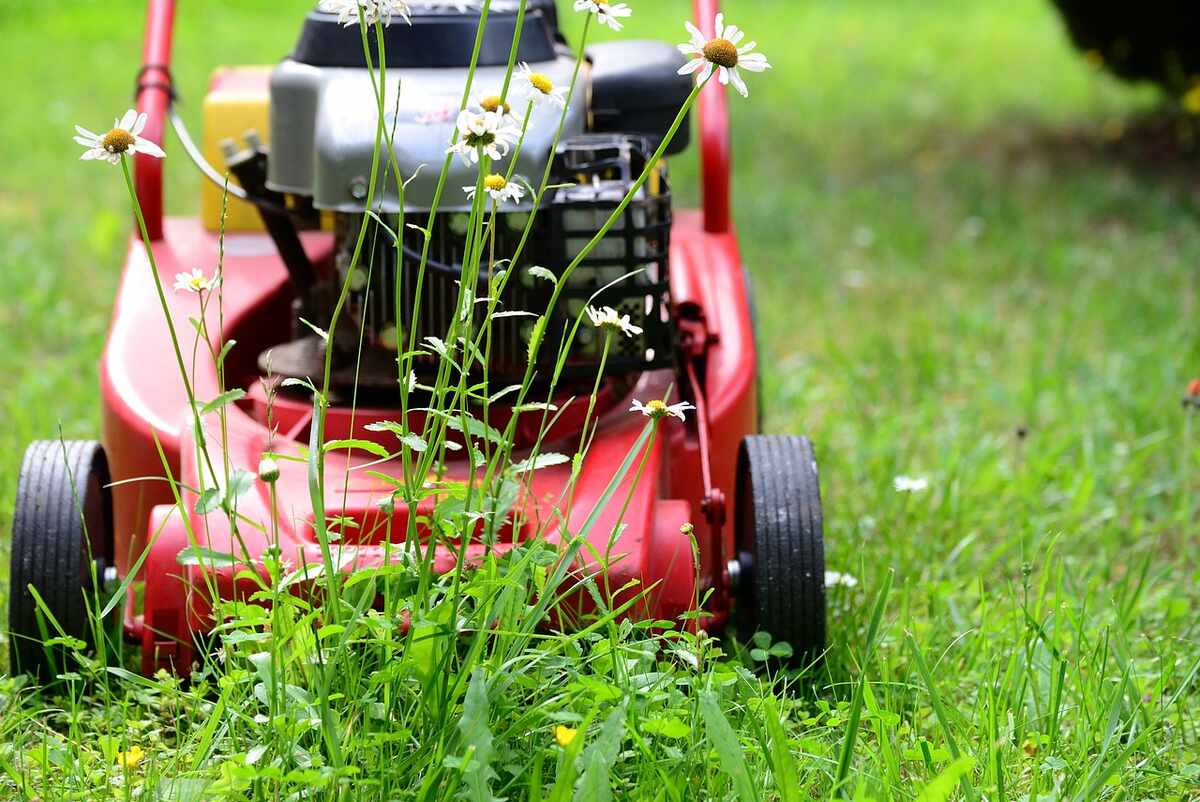
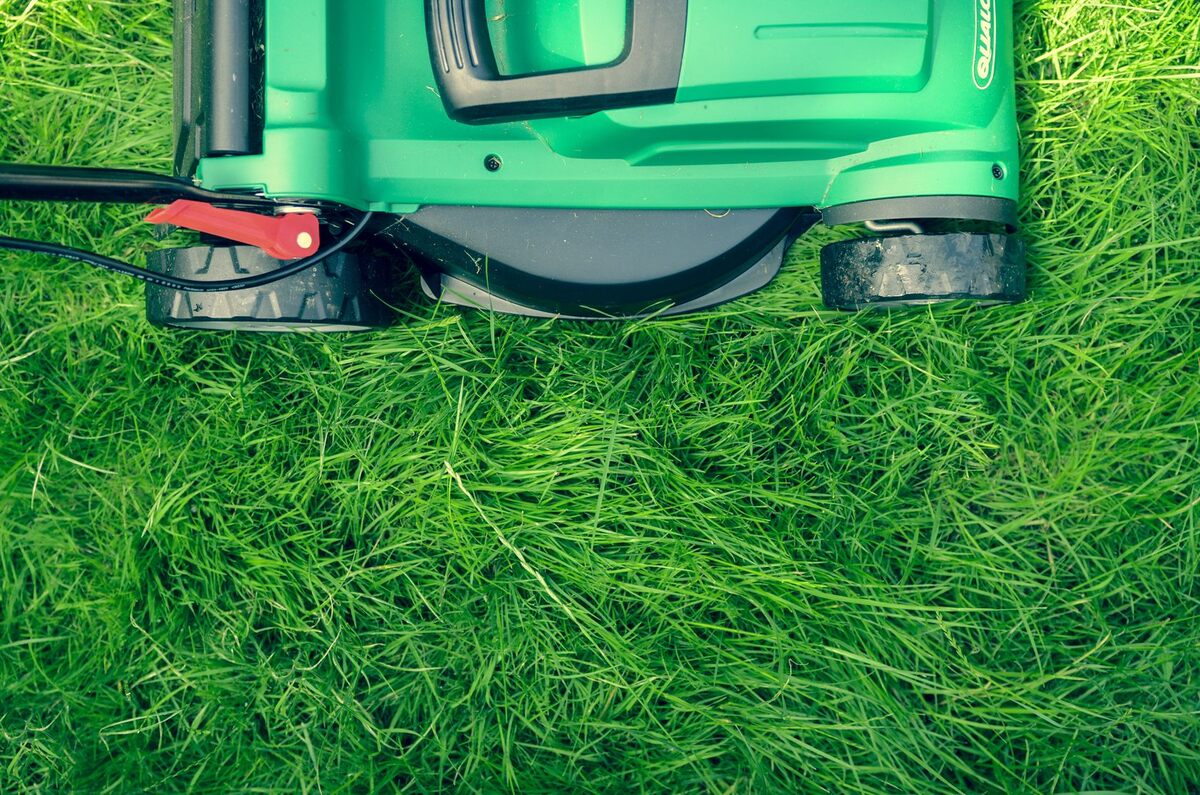
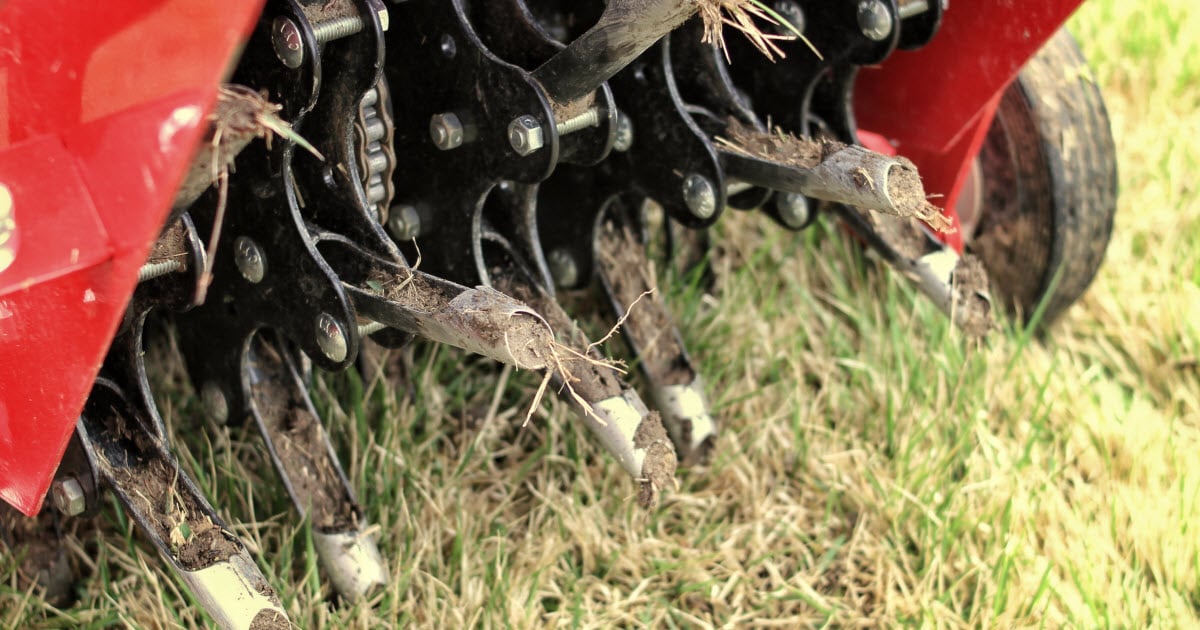
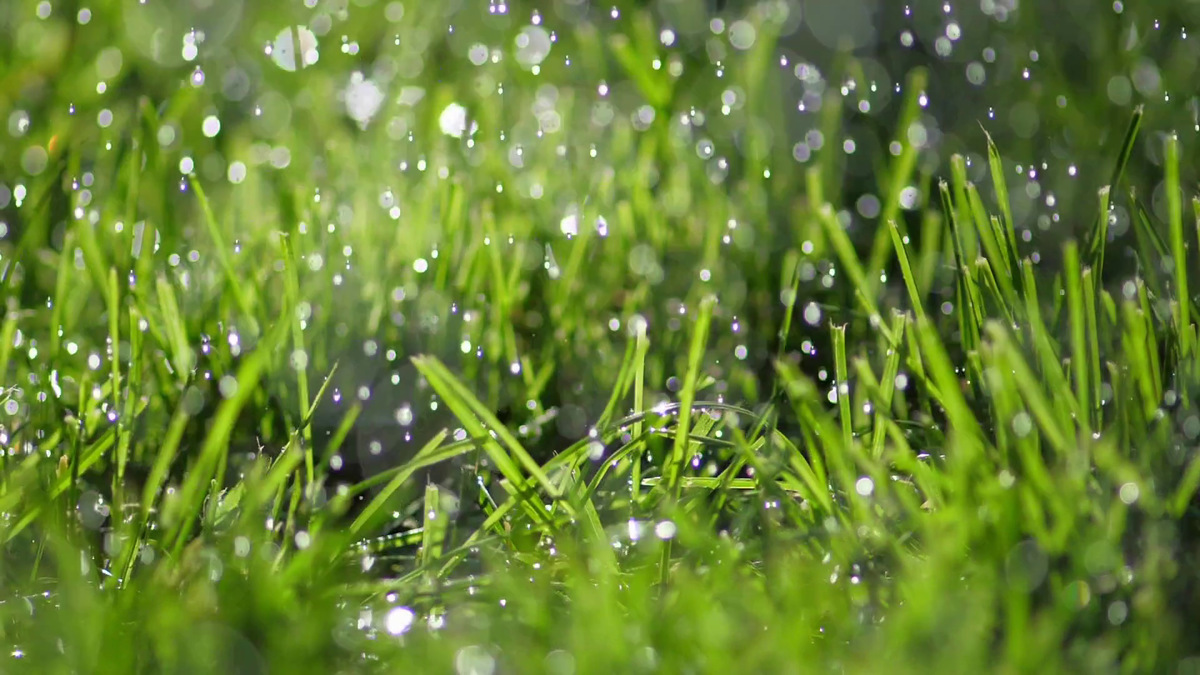
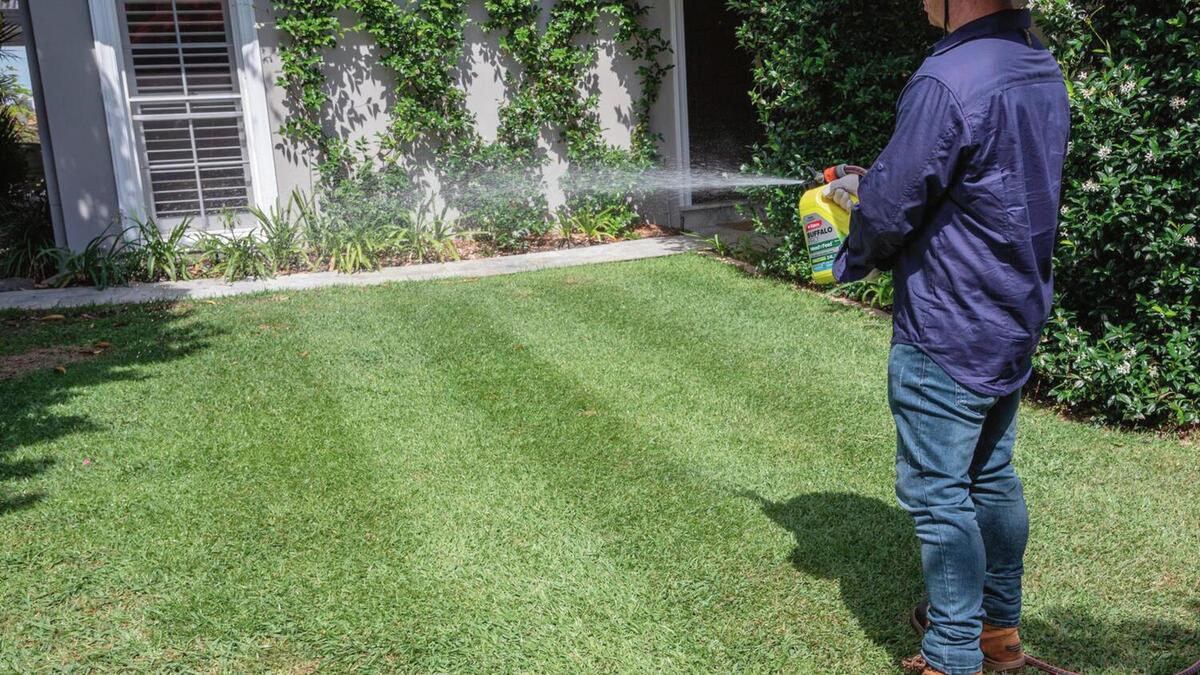
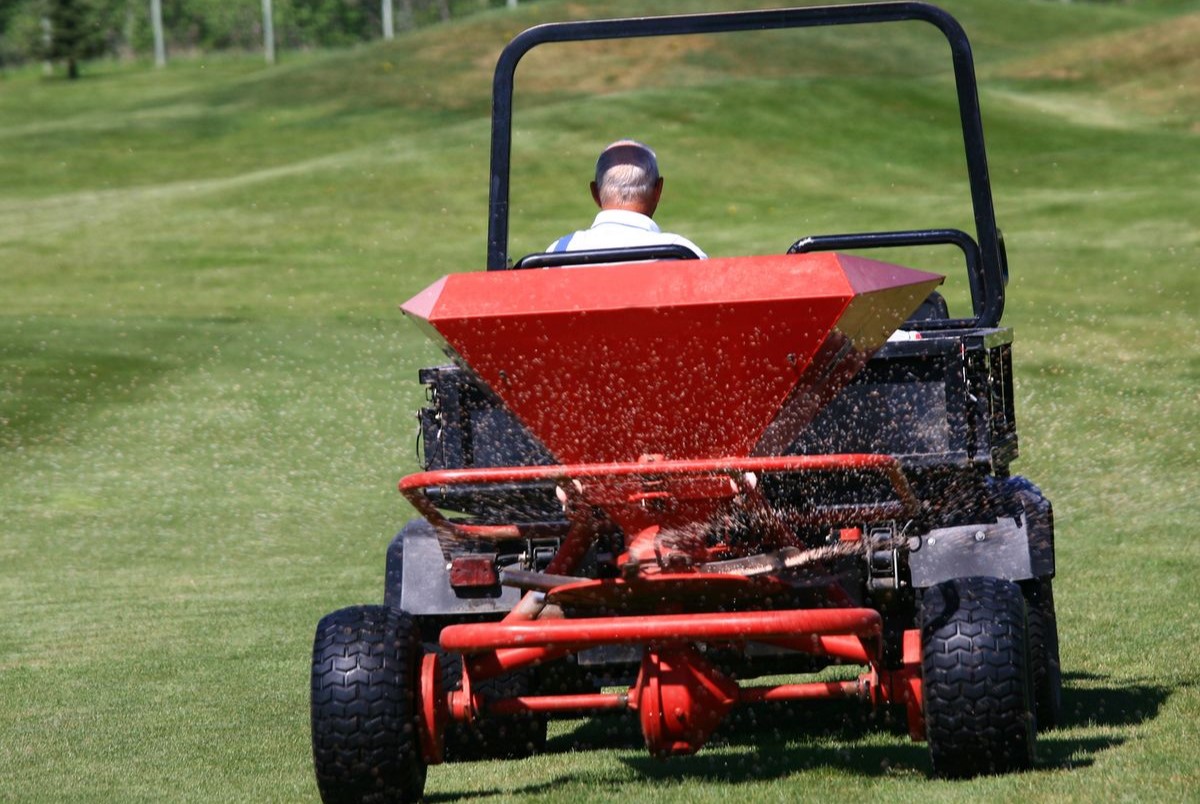
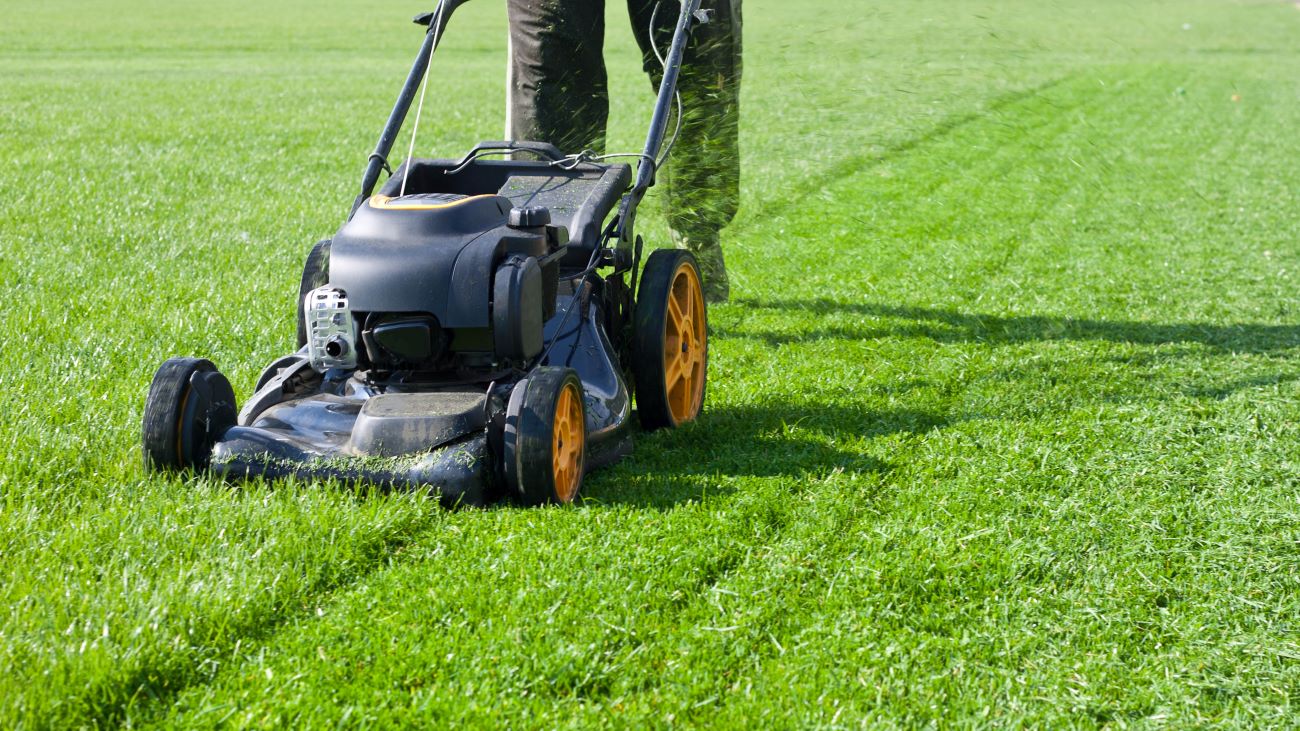

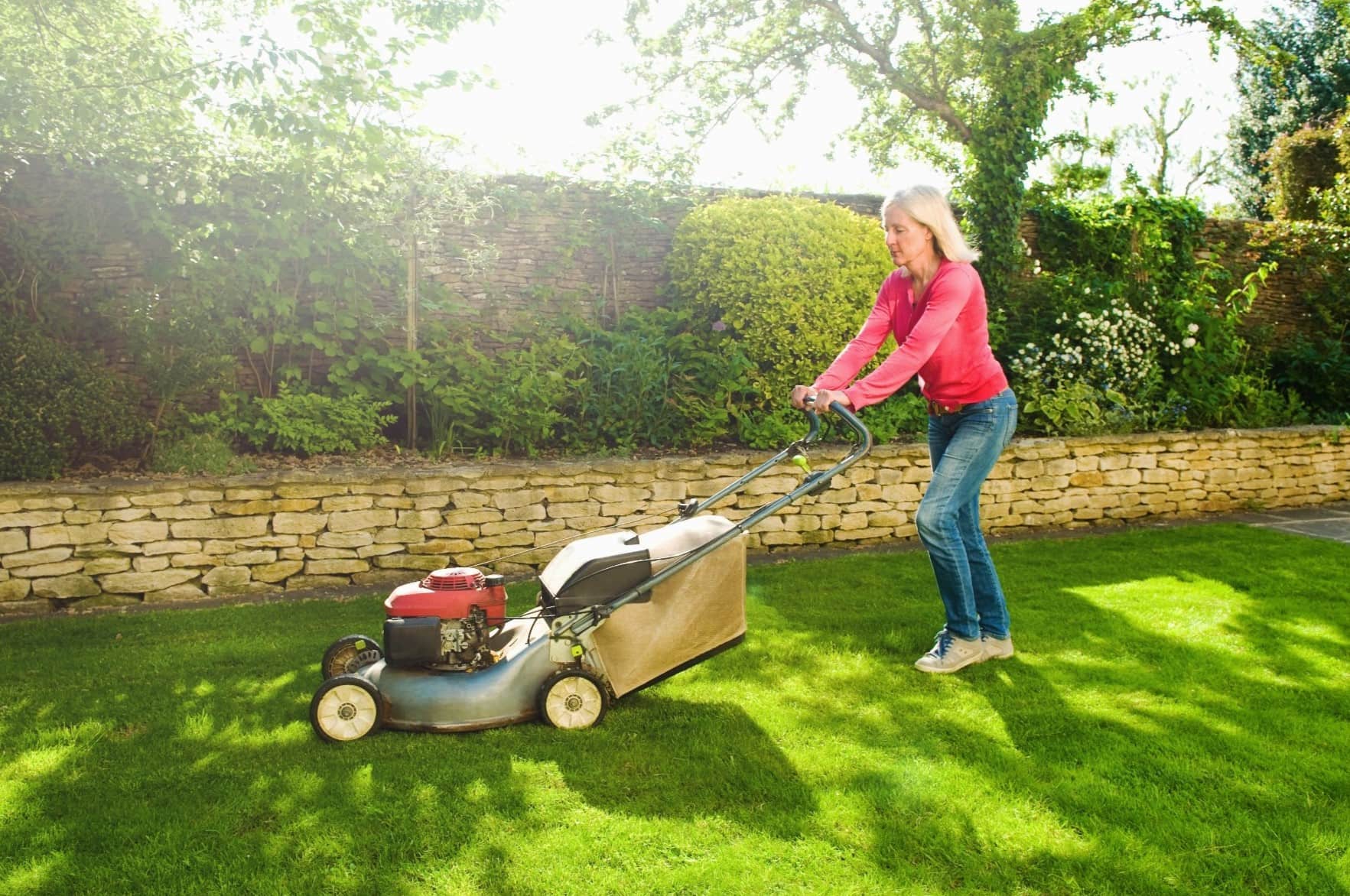
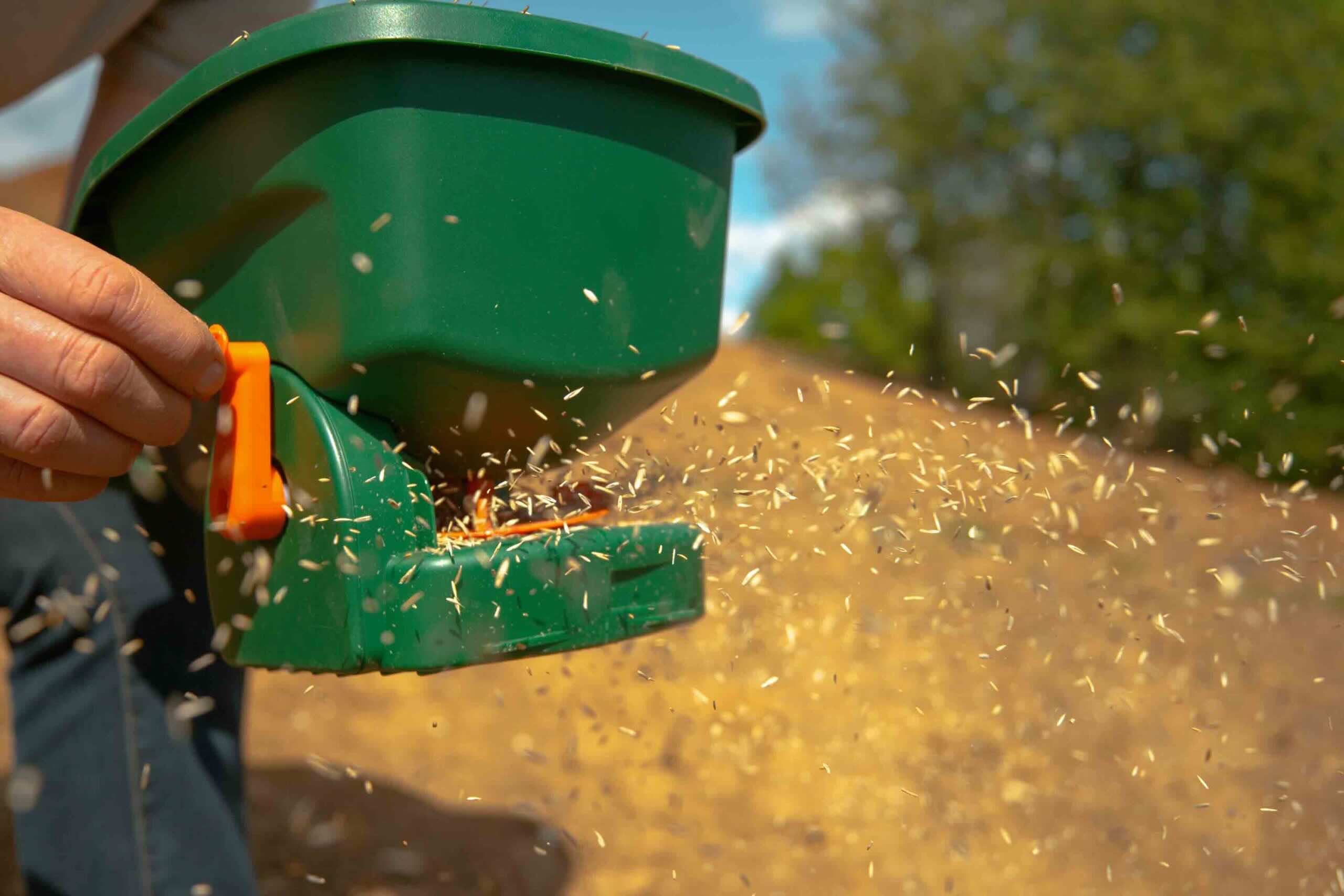
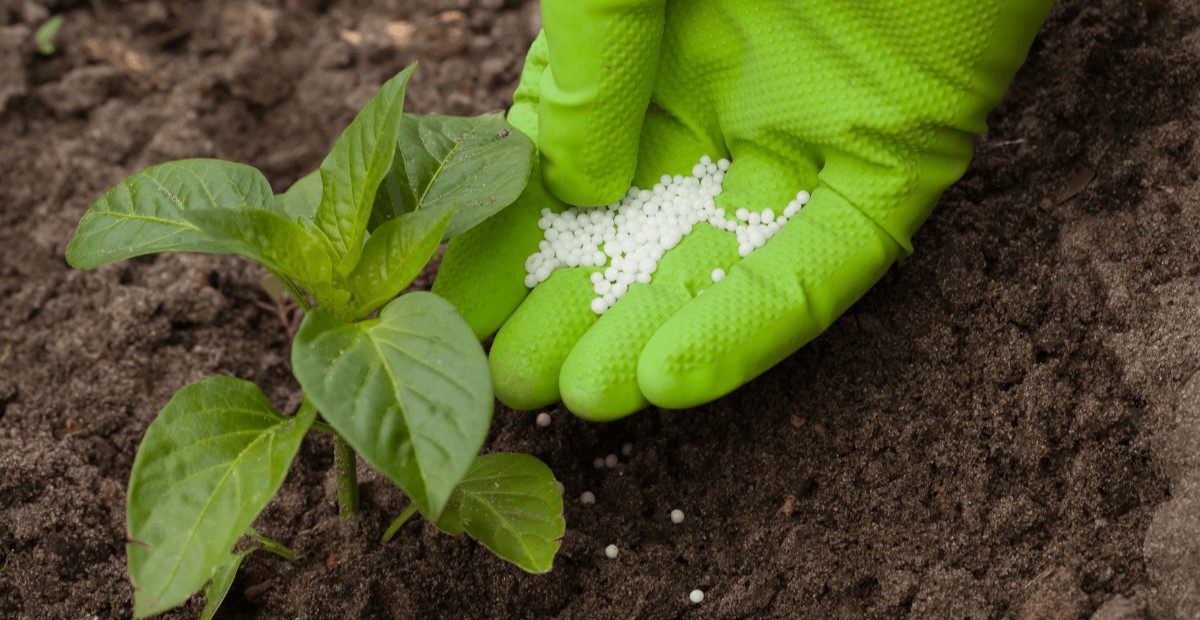
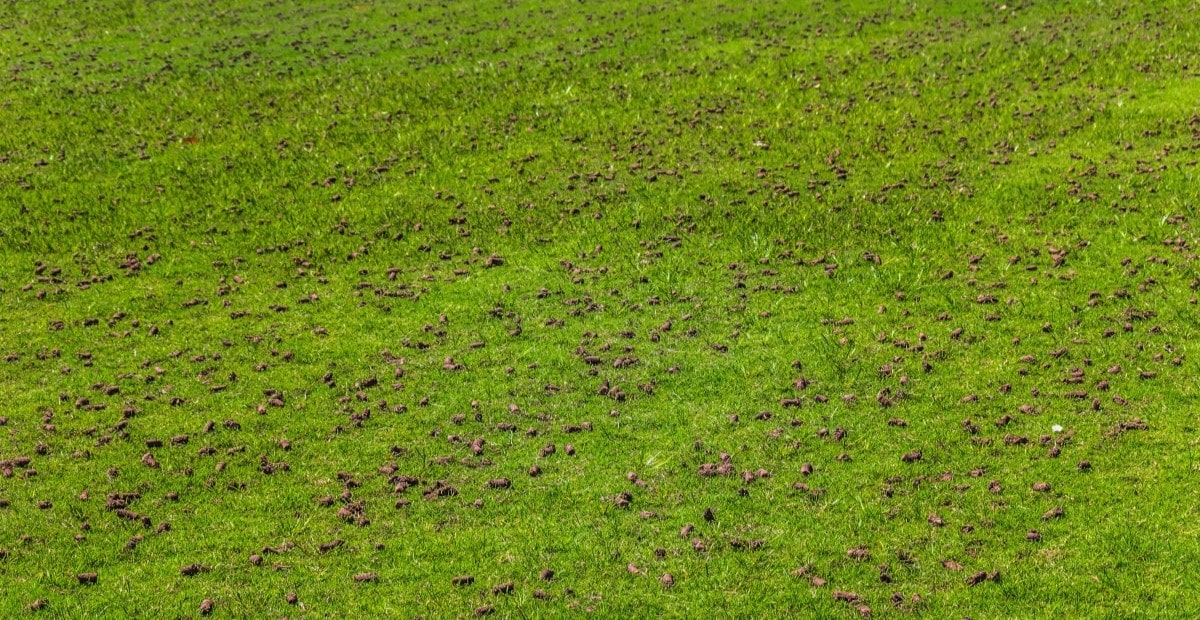
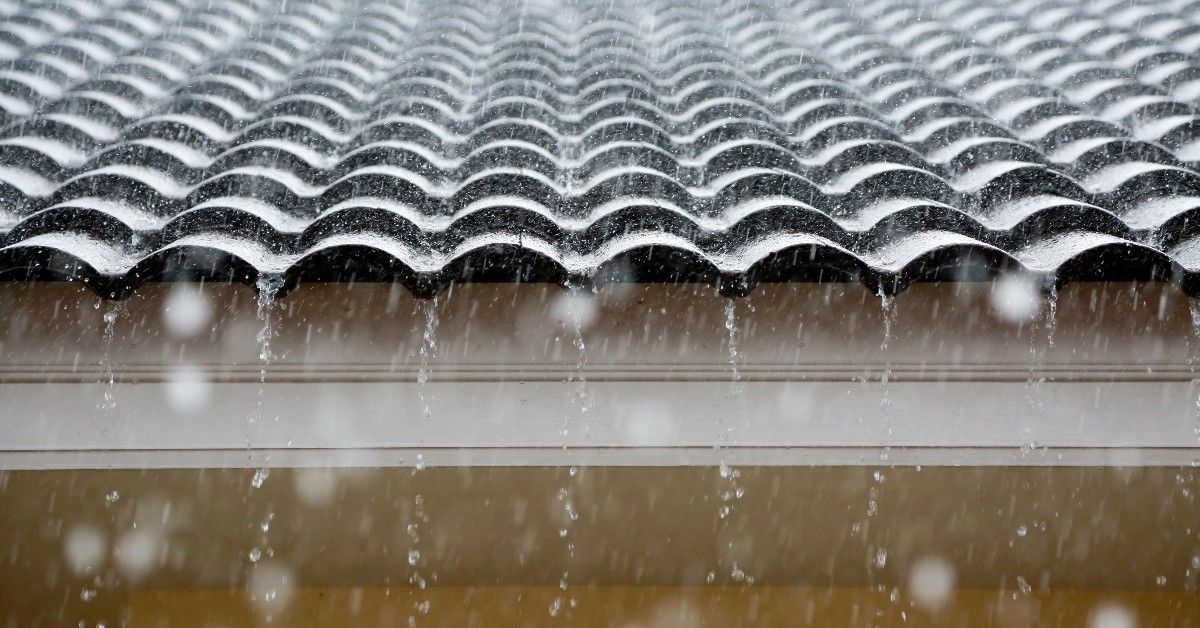
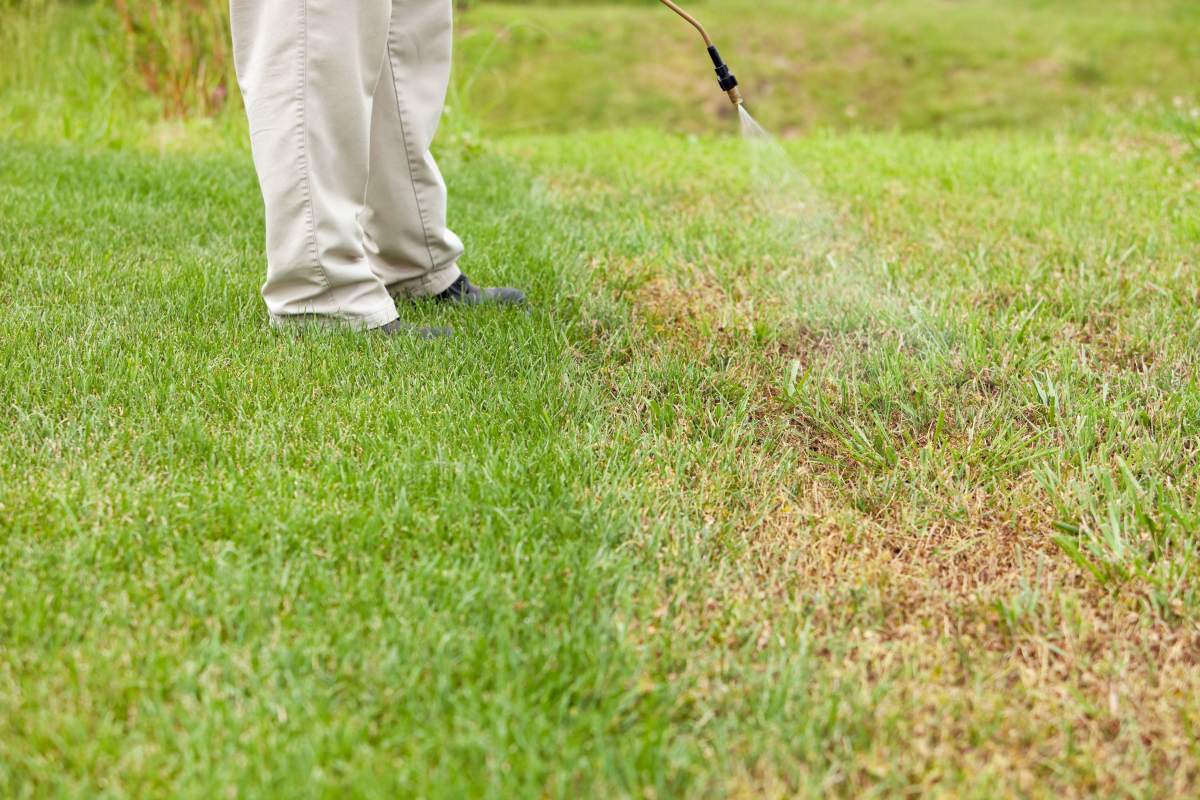

0 thoughts on “How Long To Cut Grass After Rain”